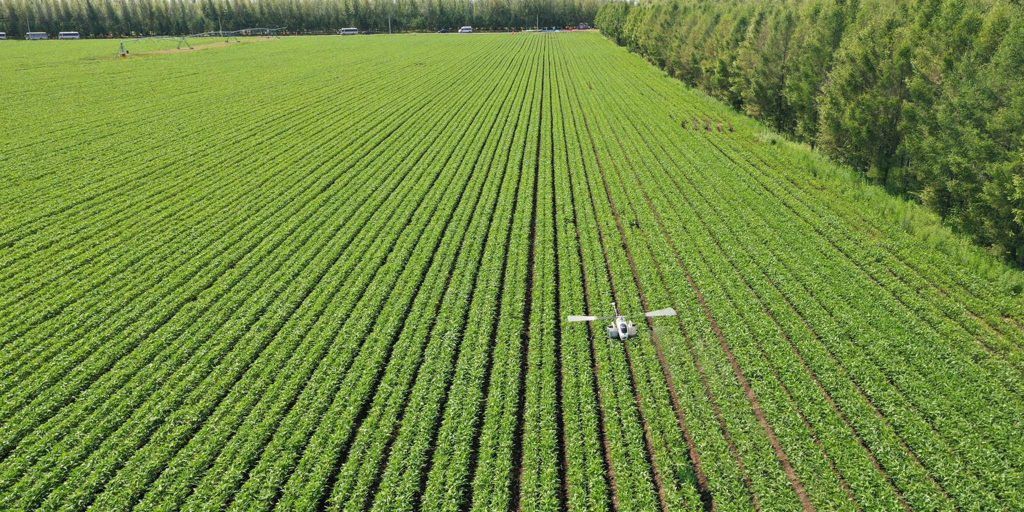On October 16th, it was reported that rice farming has been introduced to Japan from the Asian continent for 3000 years. The cultivation of rice, as an advanced technology at that time, also made significant progress after being introduced into Japan. Nowadays, “smart rice cultivation” based on information and communication technology has begun to “reverse export” to the Asian continent.
The management of water in rice fields is particularly important in rice cultivation. After transplanting, it is necessary to use sufficient water to protect the seedlings from cold. In summer, it is necessary to repeatedly replenish and release water to absorb oxygen in the soil and promote growth.
In the past, carefully observing the amount of water based on the growth and temperature of rice accounted for half of the workload of rice farmers. Even today, with the continuous popularization of agricultural mechanization, water management still accounts for 30% of the total labor time of rice farmers.
However, Japan’s population responsible for this task is constantly decreasing. In 1965, there were 4.8 million rice growing households in Japan, which decreased to 700000 households by 2020. On the other hand, with the continuous concentration of agricultural land, the harvest area of each grower increased to 2.6 times that of 1965. The need to save manpower is urgent.
In order to maintain domestic agricultural production, the Japanese government is vigorously promoting “smart agriculture” that fully utilizes information and communication technology and robotics technology. Starting from 2019, empirical experiments have been conducted on over 200 farmland with the goal of improving agricultural automation and crop quality. In the field of rice planting, “intelligent rice planting” represented by unmanned rice transplanters and rice field water level management systems is gradually becoming popular.







Please sign in to comment
register